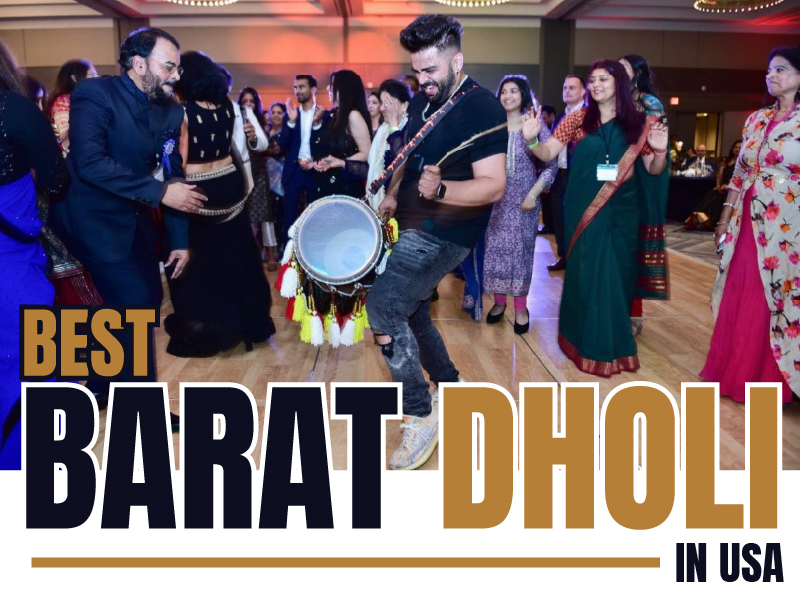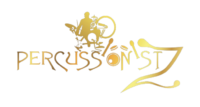The Dhol, a double-headed barrel drum traditionally crafted from mango wood and covered with goatskin, holds a central place in Punjabi culture. Its deep, resonant beats have long been associated with festivals, weddings, harvests, and Bhangra dance, making it more than just an instrument, but a symbol of joy, unity, and identity .

This post explores: ✅ Historical origins of the Dhol in Punjab
✅ Its role in traditional celebrations
✅ Regional variations and performance styles
✅ Contemporary use in diaspora communities like Houston and Toronto
📌 Want to experience live Dhol? Jump to: Hire Dhol Player Houston – Verified Listings [[internal link]]
📜 Historical Context of the Dhol in Punjab
The Dhol’s roots trace back centuries in Punjab , where it was historically used by farmers and laborers during harvest festivals to celebrate hard work and community life.
Over time, it evolved into a key element of:
- Bhangra : Originally performed by farmers to express joy and gratitude
- Gidda : A folk dance form led by women, often accompanied by Dhol
- Sikh religious events : Used in processions during Vaisakhi
“When an article cites sources, it’s good to check them out. Sometimes, the original source says something different.”
– Always verify historical claims through verified cultural resources .
🎵 Structure & Playing Technique
The Dhol is played using two sticks — one thick (for bass notes) and one thin (for treble). It produces a wide range of sounds that sync perfectly with dance movements and vocal rhythms .
Key Beat Patterns:
| Rhythm | Use |
|---|---|
| Tunak Tunak | Processional walks and wedding entrances |
| Kaherwa | Bhangra routines and folk songs |
| Jhumar | Group dances and celebratory moments |
📌 These patterns remain consistent across regions, though tempo and intensity vary depending on the occasion.
🎭 Cultural Significance in Celebrations
In Punjabi society , music and rhythm are essential to communal bonding — and the Dhol plays a unifying role in major life events and seasonal festivities.
1. Weddings
The Dhol is indispensable during Baraat and Sangeet nights , setting the pace for the groom’s arrival and group dancing.
📌 In Houston , Dhol players like Zubair Firoz (KutchiDholi.com) blend tradition with modern flair for urban weddings.
2. Festivals
During Vaisakhi , Lohri , and Basant , Dhol performances energize crowds and reinforce regional pride.
📌 Vaisakhi parades often feature full Dhol teams leading processions.
3. Harvest Seasons
Historically, the Dhol marked agricultural cycles, particularly during wheat harvesting — reinforcing its connection to rural life and celebration.
📌 Even today, Punjabi farmers associate Dhol with thanksgiving and communal gatherings .
🌍 Dhol Beyond Punjab – Diaspora Influence
As Punjabi communities spread globally, so did the Dhol. Cities like Houston , Toronto , and London now host professional Dhol players who preserve and adapt these traditions for new audiences.
Notable Trends:
- Dhol + DJ fusion shows gaining popularity
- Comedy Dhol performances at weddings
- Cultural workshops teaching Dhol to younger generations
📌 Rising interest in terms like live music wedding houston and dhol player cost wedding reflects growing demand [[relatedEntities.csv]].
🧠 Final Thoughts – Dhol as a Living Cultural Symbol
The Dhol remains more than just a musical instrument — it is a cultural artifact that connects generations, reinforces identity, and celebrates life’s milestones.
Whether you’re planning a wedding, attending a festival, or exploring Punjabi heritage, understanding the role of Dhol in Punjabi culture adds depth and authenticity to any event.
